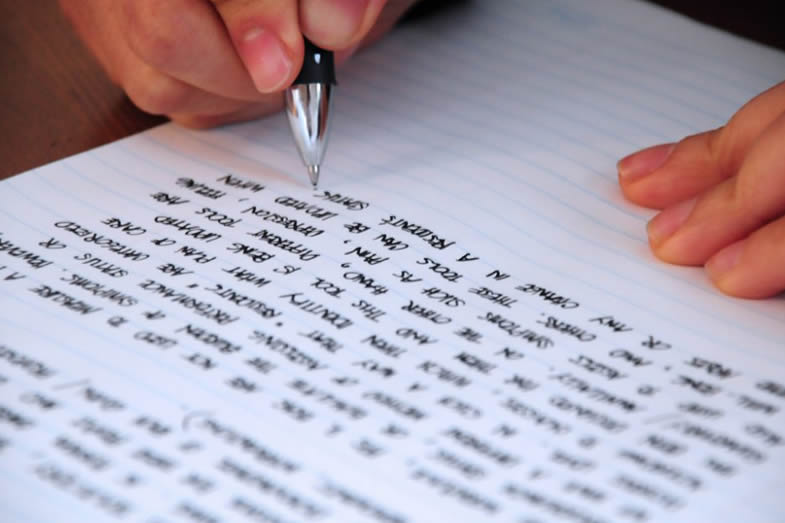SECTIONS OF A COVER LETTER
Personal Contact Info
Required: Name, Address, Phone, Email
Optional: LinkedIn, Online portfolio
Date
Employer's Contact Info
Name, Department, Company, Address. If no specific person's name use position title or dept. name, If no address use email with city/state
Greeting
Try to address your cover letter to a person. If no specific name can use "Dear Search Committee,", "Dear Hiring Manager,", or "To Whom it May Concern:"
Beginning Paragraph
Introduce yourself and express your interest in the position. Possible subjects include:
- Who you are - year in school, university, major
- The specific job title
- How you heard about the job and, if appropriate, name of the person who told you about it
- Why you're interested in the position (be specific!)
- Why you're qualified. This should be a brief one sentence summary of why you are a good fit for the position (similar to a thesis statement)
Middle Paragraph(s)
Describe 1-3 of your experiences/projects that show your job-specific skills and qualifications. Make sure to:
- Show how you make a good fit with the position/organization
- Focus on what you will bring to the organization that will make them glad they hired you
- Not simply restate your resume
- Break up the paragraph into smaller sections if it is too big. Smaller paragraphs are more readable
Ending/Summarizing Paragraph
Final interest and fit statement in which you:
- Include your availability, and how you will follow through with the application. Tell the reader what is the best way to reach you
- Thank the employer for their consideration
- Add any other practical remarks - e.g. if you have not completed a certification yet but are scheduled to take the exam, or if you will be relocating or will be visiting the area soon
Closing Signature
"Sincerely", "Best Regards", "Yours", Hand-written signature AND Typed name. Best to hand-write signature but if you are unable to scan document you can use script-like font instead.









